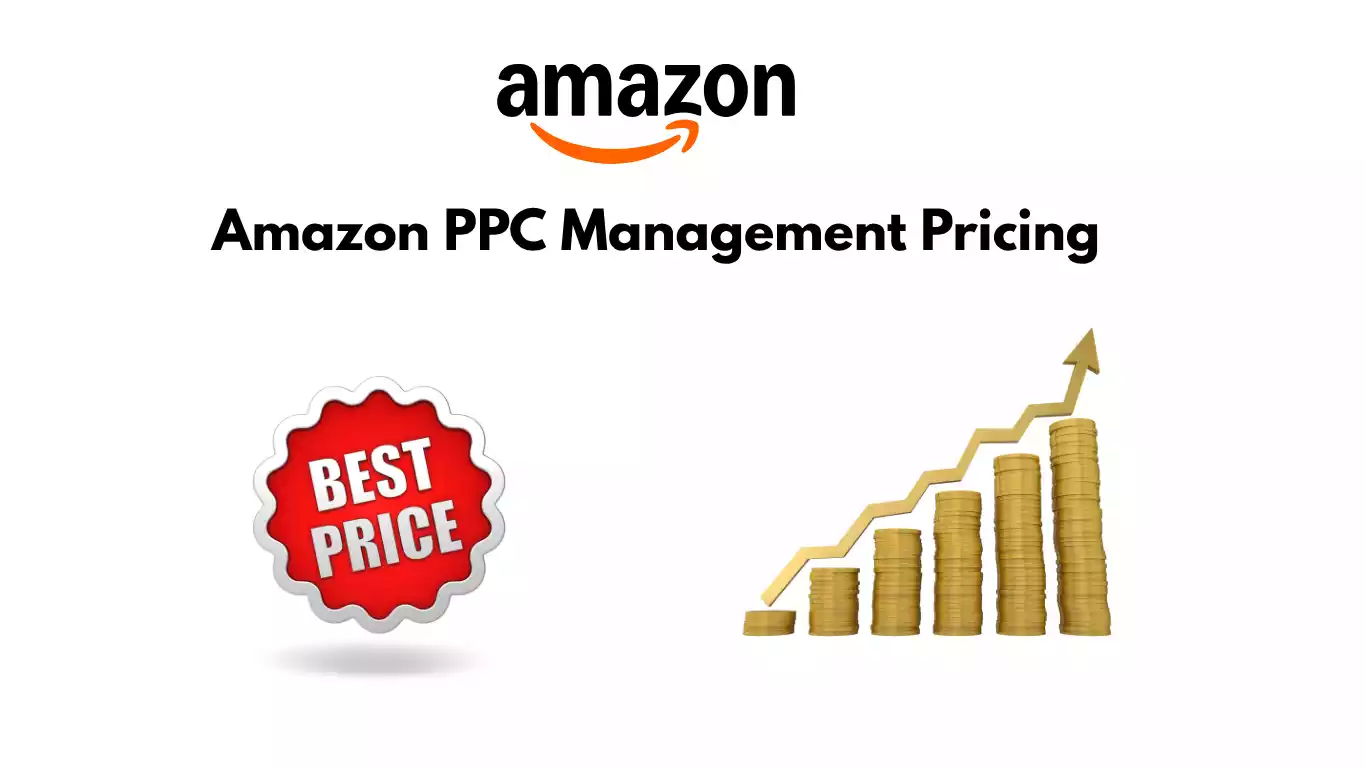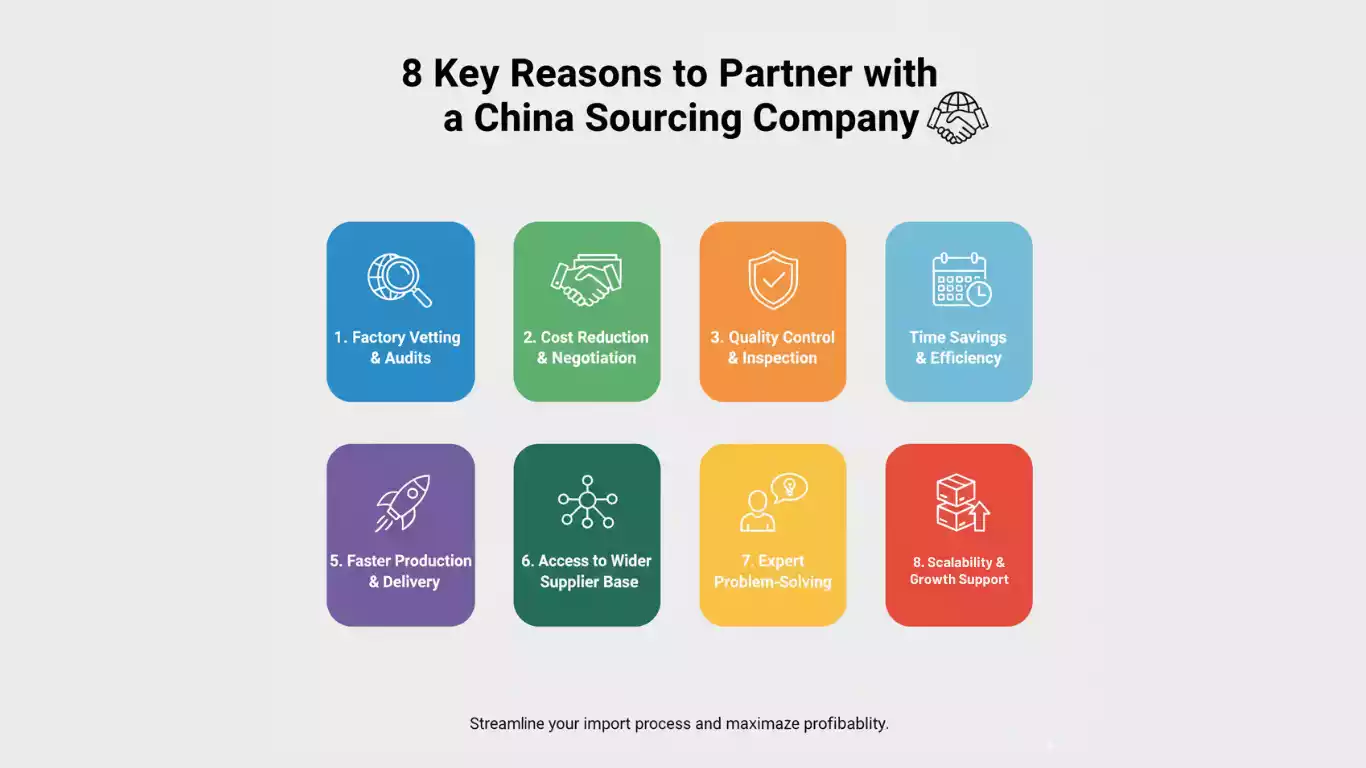
Amazon’s advertising platform, known as Pay-Per-Click (PPC), is essential for visibility and sales. For new sellers, it is the fastest way to get products in front of customers. For established brands, it is a crucial tool for defending market share and launching new items.
But Amazon PPC is not a set it and forget it system. It is a complex, data-driven battlefield that requires constant monitoring, analysis, and optimization. Many sellers find themselves spending hours a day managing bids or, worse, wasting thousands of dollars on unprofitable ads.
This is why a huge ecosystem of Amazon PPC management agencies and freelancers exists. They offer to take over this complex task, promising to lower your ad spend and increase your sales. But this expertise comes at a price.
Amazon PPC management pricing is the first step to deciding if this service is right for you. The models can be confusing, and the fees vary wildly. This guide will break down the common pricing structures, what factors influence the cost, and what you should receive for your money.
Before we discuss cost, it is vital to understand the value. Managing PPC effectively involves daily keyword research, bid adjustments, campaign restructuring, and deep-dive reporting. This is a full-time, specialized job that most business owners do not have the time or training for.
When you hire an expert, you are not just paying for their time. You are paying for their experience. A good manager can prevent costly mistakes, like bidding on irrelevant keywords or failing to use negative keywords. A poorly managed account can easily waste 30-50% of its budget on clicks that never convert.

The true value of outsourcing PPC is freeing up your time to focus on what you do best. This could be product development, sourcing, or brand building. The fee you pay for management should be seen as an investment that allows you to scale the other parts of your business.
When you start shopping for an agency, you will find that the amazon ads agency pricing is not standardized. Most firms use one of four primary models, or a hybrid combination.
This is the simplest and most predictable pricing model. You pay a fixed fee to the agency every month, regardless of your ad spend or sales performance. This fee is based on the agreed-upon scope of work, such as the number of SKUs or marketplaces.
A flat retainer can range from $500 per month for a freelancer managing a small account to over $5,000 per month for a full-service agency managing a large, complex catalog.
The main advantage is predictable budgeting. You know exactly what your amazon ppc service cost will be each month. The downside is that the fee is not tied to performance. If your ad spend is very low one month, you still pay the same fee.
This is the most common model used by established agencies. The agency charges a monthly fee calculated as a percentage of your total ad spend on Amazon.
The industry standard is typically between 10% and 20% of your monthly ad spend. Most agencies also require a minimum monthly ad spend ($5,000, for example) or a minimum monthly fee ($1,000) to make the account worth their time.
This model scales with your business. As you grow and spend more, the agency’s revenue grows. The primary risk is that it can incentivize an agency to increase your ad spend, even if it is not profitable, just to increase their own fee.
This is a less common but highly attractive model for sellers. The agency’s fee is tied directly to the results they generate. This is usually calculated as a percentage of the total ad-generated sales (revenue) or, in rare cases, profit.
The percentages here vary widely based on your profit margins. It could be anywhere from 2% to 10% of total ad-driven revenue. This model requires a high degree of trust and transparent data sharing between you and the agency.
The advantage is obvious: The agency only makes more money if you make more money. This is the best alignment of incentives. The disadvantage is the complexity of tracking and the need to open your books, which many sellers are hesitant to do.
A hybrid model combines two or more of the other structures. The most common hybrid is a flat base retainer plus a percentage of ad spend.
An agency might charge a $1,000 base fee plus 10% of all ad spend over $10,000. This model provides the agency with a stable floor to cover their base costs while also giving them a performance incentive to scale your ad spend profitably.
This is often a good compromise. It ensures your account gets dedicated attention (covered by the base fee) while rewarding the agency for growth. It can, however, be more complex to calculate your total monthly cost.

Model | Typical Cost | Best For |
Flat Retainer | $500 – $5,000 / month | Sellers with stable ad spend who need predictable costs. |
% of Ad Spend | 10% – 20% of ad spend | Businesses that are actively scaling their ad budgets. |
Performance-Based | 2% – 10% of ad revenue | Sellers with clear profit data and high-trust relationships. |
Hybrid Model | Base Fee + Performance % | Most businesses, as it balances stability and incentive. |
You will get quotes that are thousands of dollars apart. This is because the final amazon ppc service cost depends on the complexity of your account.
Managing PPC for five products is vastly different from managing 500. Each product (or “parent ASIN”) requires its own strategy, campaigns, and keyword sets. More products mean exponentially more work.
Are you selling only in the USA? Or are you also in Canada, Mexico, the UK, and Germany? Each marketplace is a completely separate PPC ecosystem. Managing five marketplaces is like managing five different accounts, and the price will reflect that.
For agencies charging a flat fee, your ad spend is still a factor. An account spending $100,000 a month has far more data to analyze and campaigns to manage than one spending $5,000. The management fee will be higher to reflect this complexity.
An amazon ads agency pricing will almost always be higher than a solo freelancer. With an agency, you are paying for a team, account managers, proprietary software, and redundancy. With a freelancer, you get a more personal touch, often at a lower cost, but you risk them being a single point of failure.
Is the fee just for managing Sponsored Products? Or does it also include Sponsored Brands, Sponsored Display, and Amazon DSP? Does the service include creative work, like building video ads or designing brand store pages? A higher price should mean a more comprehensive service.
Regardless of the amazon ppc management pricing, the service should include a set of core deliverables.
Key Features to Expect:
Clear & Regular Reporting: A simple-to-understand report (weekly or monthly) showing key metrics: Spend, Sales, ACOS, and TACOS (Total Advertising Cost of Sale).
When getting quotes, be wary of a few common red flags that signal a low-quality or inexperienced provider.
A reputable agency will be confident enough in its service to offer a month-to-month or 3-month contract. Be very cautious of anyone demanding a 12-month lock-in.
No one can guarantee a specific ACOS or sales number. Amazon is a dynamic marketplace, and such promises are unrealistic. Look for goals and projections, not guarantees.
If a potential agency cannot clearly explain how they measure success or what their reports look like, this is a problem. You should always have clear visibility into what you are paying for and what the results are.
Your invoice should be simple to understand. If the amazon ads agency pricing is confusing or has hidden fees, it is best to walk away. Transparency is the foundation of a good partnership.
When choosing a PPC partner, the cheapest option is rarely the best. A bad agency will not only take your management fee but will also waste your ad budget. A good agency’s fee should be an investment that pays for itself through increased sales and improved ad efficiency.
The right amazon ppc management pricing model for you depends on your business size, goals, and comfort level. Do not be afraid to ask detailed questions. Find a partner who is transparent, data-driven, and clearly understands your brand’s goals.
A “good” ACOS (Advertising Cost of Sale) depends entirely on your product’s profit margin. A common target is 25-30%, but it varies.
ACOS measures your ad spend against ad sales. TACOS (Total ACOS) measures your ad spend against your total sales (both organic and ad-driven).
A common budget for a new product launch is 10-15% of your total revenue, but this depends heavily on your goals and category.
Hire an agency when you are spending over $2,000-$3,000 per month on ads, or when you find you no longer have the time or expertise to manage them effectively.
Software can help, but it is a tool, not a strategy. It still requires a knowledgeable human to set the rules, analyze the data, and make strategic decisions.